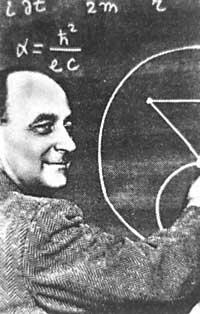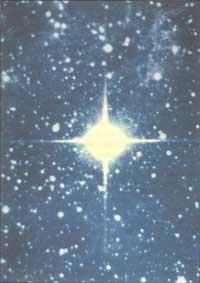High neutrino
1991/11/01 Elhuyar Zientzia Iturria: Elhuyar aldizkaria
Almost sixty years ago the famous physicist Wolfgang Pauli suggested the existence of unreleased atomic particles in experimental tests. The reason was to explain beta radiation according to the principle of energy conservation.
The energy extracted from this type of irradiation could be explained through a particle that until then was not detectable by the lack of adequate instruments. The particle did not contain mass or electric charge and kept the speed of light constant. In 1934 Enrico Fermi baptized the particle as neutrino.
Mathematical reasoning has revealed that neutrino is the most penetrating of subatomic particles, but at a distance from Earth's diameter only one in ten billion would react with neutrons or protons.
In 1956 neutrinos were detected experimentally for the first time, when a beam of antineutrines from a nuclear reactor removed protons resulting in neutrons and positrons (positive electrons).
Then the neutrino began to give headaches. On the one hand, I was not sure it was without mass, and on the other hand there were two or three types of very different characteristics (the so-called e is assigned to the electron and the mu to the muon). Sixty years after the invention of neutrino, Hime and Jalley (while studying beta disintegration of sulfur 35) discovered that the mass of an unknown type of neutrino or neutrino was sufficient to review much of theoretical physics.
Hime and Jalley have failed to capture the heavy neutrino, but based on the principle of energy conservation and calculating the energy released by the sulfur atom in disintegration, they have extracted the energy of the electron with a mass of 17 keV. The mass is not large, of course, if it is compared to 511 keV of the electron, but it is much greater than previously thought.
Hime and Jalley may be wrong, so the most prudent thing is not to draw conclusions before checking their work.

Gai honi buruzko eduki gehiago
Elhuyarrek garatutako teknologia





